Areca care, the decorative ally
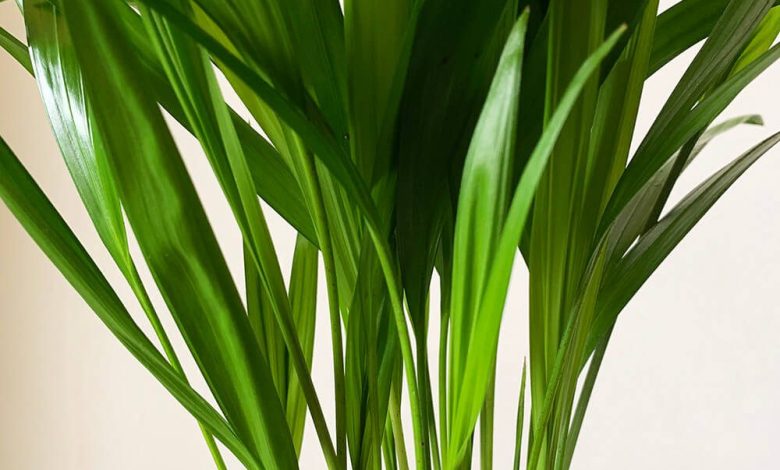
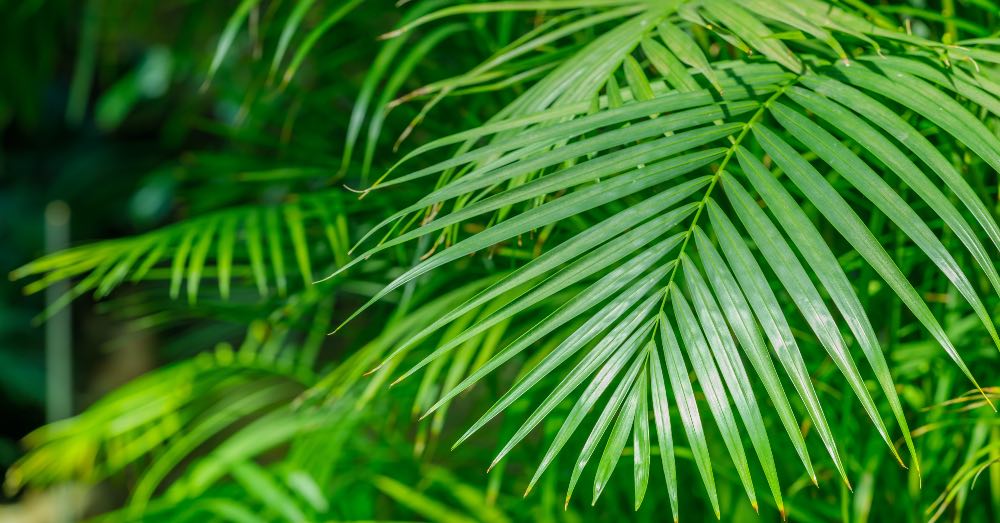
It would be impossible to choose a single qualifier for this tropical plant. It is elegant, imposing and highly decorative. An authentic trio of aces that make it a favorite for those who want to give an exotic touch to any interior. But although its size is what seduces us, there is something more important: making it last over time involves knowing how to care for the areca. Some absolutely essential for your well-being and, therefore, to maintain your characteristic beauty.
Understanding the care of the areca happens, in the first place, by familiarizing ourselves with its origins. These beautiful palm trees that are grown indoors in our latitudes are native to Madagascar. An island where they grow wild creating imposing specimens of a more than considerable height. Logically, we will not be able to create this spectacular jungle at home. But, with proper care, it is important to know that our areca can reach two meters in height. More than considerable dimensions that force us to find the right location for it.
So let’s take a closer look at what this wonderful palm tree needs to thrive. And, what is more important, to do it with well-being and health.
7 FUNDAMENTAL CARE OF THE ARECA IN ITS CULTIVATION
In general, areca care is not complicated. However, you do have to keep something in mind. Its origin is absolutely tropical, so we can only take it forward if we are able to recreate very specific conditions in our home. And here it is necessary to make a small nuance. Although in our latitudes it is included in the list of indoor plants, the truth is that it is not always inside the house. In warm and tropical climates, such as the Canary Islands, it is possible to include this wonderful plant among the types of resistant palm trees to grow in the garden.
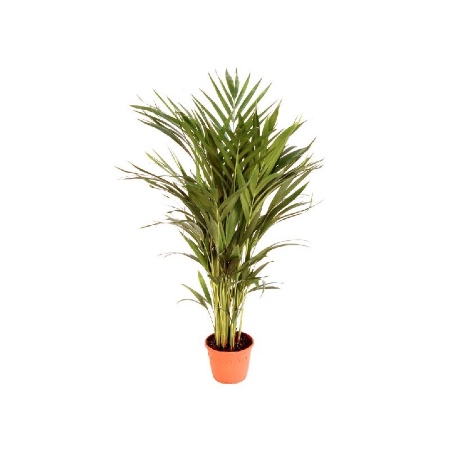
And before seeing what this wonderful plant needs to decorate with its imposing size, there is another reason to have it. Areca is on the list of purifying plants that will clean your home. A good reason to consider including it among our selection of plants.
1. Light, the first care of the areca to watch closely
It is, in fact, one of the most surprising areca care. Since its origin is tropical, we could think that it needs a lot of sun. And yes… but no. The areca can be in full sun, but it is not its ideal place. If exposed to direct light, its leaves are likely to burn.
Avoiding it without compromising your health involves providing an extremely bright space. What’s more: we can grow it without problems in semi-shade.
2. Temperature, a key aspect in its cultivation
Probably, one of the areca care that we must closely monitor. Because in this case, the tropical origins of this plant can play tricks on us. We are talking about a chilly palm tree, so its ideal temperature is between 18 and 25 degrees. What’s more: we can never expose it to less than 15 degrees unless we want to compromise its life.
But what happens if, as we mentioned, we have it outdoors? Easy. If we have managed to acclimatize her to the outside, her tolerance to cold will be greater. So much so that it can even resist lower temperatures.
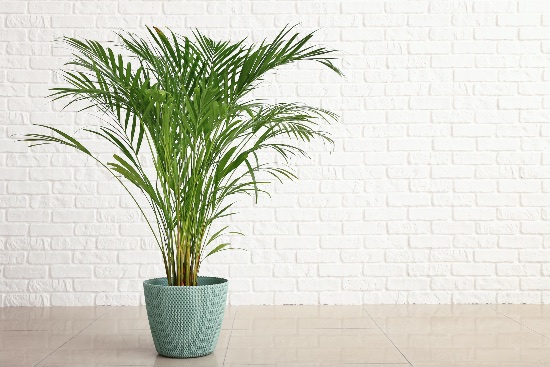
3. Irrigation, the most demanding of its care
And we insist! The areca is a tropical plant and, as such, it needs to have a substrate that is always slightly moist. That is why it is important to carry out abundant and regular watering. But be careful with this, because just as it needs humidity, it does not tolerate waterlogging very well.
During the hot months, the ideal is to water it every two or three days. However, with the arrival of winter we will drastically reduce the irrigation schedule.
4. Environmental humidity, an essential
It happens as with irrigation: it is one of its tropical requirements. The areca demands an environment with a high environmental humidity that we will have to give it forcibly so that it does not get sick. And nothing like understanding an important detail: the areca transpires through its leaves.
We are not just talking about using some system to make the environment more humid. We will also have to consider, especially in the hot months, spraying its leaves so that they have the humidity they demand.
5. Subscriber, another of the most demanding areca care
That transpiration through its leaves makes areca picky when it comes to nutrients. Added, its ability to clean the air further increases this demand.
For all these reasons and to maintain its characteristic green, it is important to fertilize once a month in the spring and summer months with a fertilizer for palm trees or tropical plants.
6. Transplantation, a task that we will have to take care of
Transplanting an areca should only be done when its roots have taken up all the space they had available to grow. Whether we plant it in the ground or in a larger pot, there is one detail that is essential: make it have good drainage.
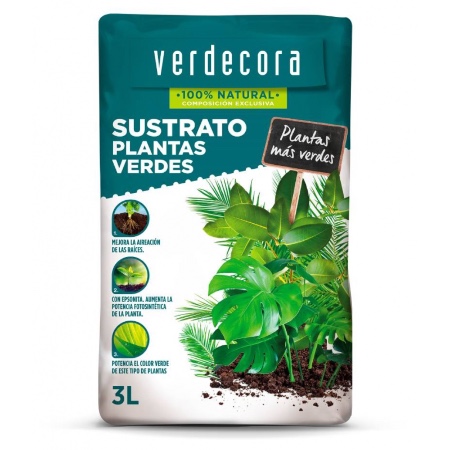
As we said, the areca is susceptible to waterlogging. For this reason, it is essential to work thoroughly with drainage and use a substrate for green plants that facilitates it.
7. Pruning, a task to eliminate from your crop
We can completely ignore this task, since the areca is a plant that cannot be pruned. You just have to let it grow freely. We will only have to remove the leaves that are dry.
ARECA CULTIVATION PROBLEMS
It happens that, sometimes and although we are rigorously following the care of the areca, our plant suffers alterations in the color of its leaves. Something that usually raises many questions, and that is only our plant’s way of telling us that we have to review its care.
Let’s see what are the problems that we can find. And, more importantly, how to fix them.
1. Areca leaves turning brown
One of the most common problems in the cultivation of areca. When its leaves turn brown, it can be due to two very different reasons. On some occasions, it is warning us of a lack of environmental humidity. In others, however, it is a symptom of excess irrigation.
Ideally, rule out that those brown leaves are the response to excess watering. For this, it is not only interesting to check if the substrate is too wet. It is also advisable to check that the drain is doing its job correctly.
If that is not the problem, it will be enough to spray its leaves on a regular basis.
2. Areca leaves turn yellow
In this case, detecting what the problem is is easier. When areca leaves turn yellow, it is usually due to the presence of a pest, either insects or fungi. It is important to identify as soon as possible which one it is, and apply the insecticides or fungicides that are necessary.
And, once the care of the areca is known, there is only one thing left to do: enjoy this incredible plant.



![Photo of Nigella Sativa: [Planting, Care, Irrigation, Pests and Characteristics]](https://www.complete-gardening.com/wp-content/uploads/2022/08/nigella-sativa-planting-care-irrigation-pests-and-characteristics-390x220.jpg)
